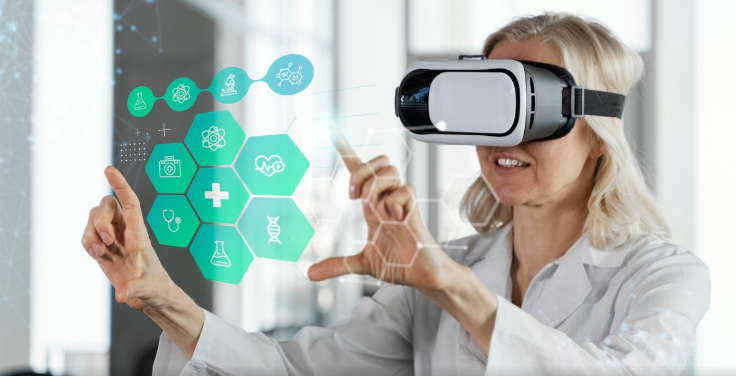Artificial Intelligence (AI) has become a central part of modern technology, with Machine Learning (ML) and Deep Learning (DL) being two key subsets. While both involve training models to recognize patterns and make predictions, they have distinct differences in their complexity, architecture, and applications. Understanding these differences is crucial for businesses, researchers, and tech enthusiasts looking to leverage AI effectively.
What is Machine Learning?
Machine Learning is a branch of AI that enables computers to learn from data and improve their performance over time without explicit programming. It relies on algorithms that identify patterns and make decisions based on training data.
Key Features of Machine Learning:
- Uses structured and semi-structured data
- Requires manual feature extraction (human engineers select important data features)
- Works well with small to medium datasets
- Common algorithms: Linear Regression, Decision Trees, Random Forest, and Support Vector Machines (SVM)
Applications of Machine Learning:
- Spam email filtering
- Fraud detection in banking
- Recommendation systems (Netflix, Amazon, Spotify)
- Predictive maintenance in industries
What is Deep Learning?
Deep Learning is a subset of Machine Learning that mimics the human brain using Artificial Neural Networks (ANNs). These networks consist of multiple layers of interconnected neurons that process vast amounts of data and automatically extract features, making them highly effective for complex tasks.
Key Features of Deep Learning:
- Uses neural networks with multiple layers (deep neural networks)
- Works best with large datasets and high computational power
- Automatically extracts relevant features from data
- Common architectures: Convolutional Neural Networks (CNNs), Recurrent Neural Networks (RNNs), Transformer models
Applications of Deep Learning:
- Image and speech recognition (Face ID, Google Assistant, Siri)
- Self-driving cars (Tesla’s Autopilot)
- Medical diagnosis (AI-powered radiology and pathology)
- Natural Language Processing (ChatGPT, Google Translate, automated customer service)
Key Differences Between Machine Learning and Deep Learning
| Feature | Machine Learning | Deep Learning |
| Data Dependency | Works with small to medium datasets | Requires large amounts of data |
| Feature Engineering | Requires manual feature selection | Automatically extracts features |
| Computational Power | Less computationally intensive | Requires high computational power (GPUs, TPUs) |
| Training Time | Faster training for smaller datasets | Takes longer due to complex architectures |
| Interpretability | Easier to understand and interpret | Often seen as a “black box” model |
Which One Should You Use?
- Choose Machine Learning if you have structured data, limited computational resources, and require faster, interpretable models.
- Choose Deep Learning if you have large datasets, need high accuracy for complex tasks, and can afford computational resources like GPUs.
Conclusion
Machine Learning and Deep Learning are both powerful AI tools, but they serve different purposes. While Machine Learning is efficient for general predictive analytics and structured data problems, Deep Learning excels in highly complex tasks like image recognition and natural language processing. The choice between the two depends on the dataset, computing resources, and the problem at hand.
As AI continues to advance, both ML and DL will play crucial roles in shaping the future of technology and automation.


